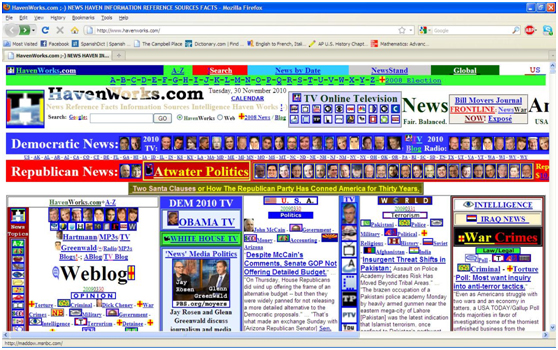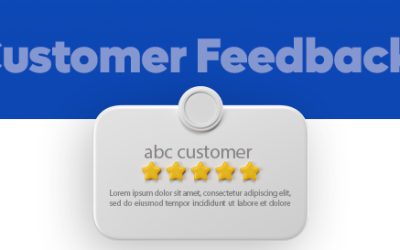
The Internet keeps evolving because it is alive and vibrant. Quite like how word usages change over the decades in a live language, trends in the Internet also keep evolving or changing totally. While we are familiar with the minute changes in SEO concepts, a long look back reveals there were even greater changes in the way websites were created and marketed from around 10 years back. Some of those old trends appear outdated now, but remember, they were once considered best practices. With their vast experience, healthcare digital marketing companies are aware of outdated SEO practices and will use only updated techniques that are guaranteed to work.
SEO practices that were once considered best practices have been replaced by newer concepts. That’s something we need to be prepared for, especially since the search engine algorithms keep evolving. To stay ahead of competition you need to embrace new tactics and discard old practices. Here are 6 outdated website and SEO practices to avoid:
Stuff It Up! Keyword Overdose

(Img source: https://seo-hacker.com/seo-donts-google-hate/)
Not too long back, webmasters were obsessed with stuffing page content with keywords. Too many keywords detracted from the relevance of the content. This practice is known as keyword stuffing. The idea was that the more the keywords in a page, the greater are the chances of it ranking when people search with all those keyword phrases. This eventually had the opposite effect and affected the customer experience.
Google rolled out Panda to deal with low quality content and Penguin to penalize sites that indulged in keyword stuffing. With these algorithmic updates, Google finally put paid to the practice of keyword stuffing. While keywords continue to be super important in content, stuffing them to more than 3% of the page’s content will result in penalties and send the site sinking like a stone through the rankings.
A Truckload of Backlinks from Link Directories
The practice of using link directories to link back to your website was once considered quite normal, something that Google wholeheartedly accepted. However, with sinking quality, Google decided to do something about it and started reducing the cached link directories in its index. Buying and selling links that pass page rank is now frowned upon as a black hat trick. Your website could be in trouble if Google finds it to be associated with exchanging money, goods, or services for a followed link that will pass value to your site.
Manufacturing Content

The following screenshot shows the spun content of the original text in the screenshot above.

(Imgsource: https://www.seoinformer.net/spinners/more-examples-of-wordai-at-work/)
Another practice which was commonplace previously but frowned upon now is article spinning. An article spinner is something that provides an alternate version of an article by rearranging or replacing words and phrases. The idea was that if there were more articles with the same keyword by a website, there is a greater chance of any of them figuring in the search results. So your website gets more conspicuous and, as a result, gets more traffic and more probability of conversions. But the content quality ends up becoming really poor and users get frustrated reading something that makes little sense. It was somewhat like keyword stuffing, where quality takes a big hit. But Google rolled out a new algorithm just for devaluing such content. It was called the Hummingbird. And that was the end of it.
We now move on from hardcore SEO tactics to more stylistic elements of websites that are not considered worthy at all now. These significantly hamper user-friendliness now, though they were once considered distinguishing factors.
Too High Tech, Too Much Stuff on a Website
With its series of algorithmic updates,Google has also stressed the importance of having a user-friendly website. The information websites present must be relevant, comprehensive and insightful while their interface shouldn’t confuse the reader to scroll too much or click through links unnecessarily only to get back when they don’t find the information they’re looking for. It isn’t just enough that your website has comprehensive and relevant information; it must also be easily detected by the reader. Too many graphic elements also make the site confusing and slower to load. The interface should be simple to give the user a pleasant feel.

(Img URL: https://www.reddit.com/r/CrappyDesign/comments/7tnmx3/this_website_needs_a_css_doctor/)
About a decade ago, webmasters thought that a website with many elements, menus and graphic elements would impress the visitor. They figured the complexity would be the differentiating factor over other websites. But users were just tired of such sites and would often leave them because they confused them too much. Today’s websites are so much easier to find information. Webmasters also felt complex and artsy fonts would raise the profile of the websites. As a result, people had to struggle to read the text. But the practice has long since stopped when websites weren’t getting the conversions they were hoping for. Today, almost all sites employ a legible and easily readable font such as Calibri or Times New Roman.
Not Giving a Context to a Linked Button
Linked buttons saying nothing but “Click Here” were quite common, and are probably still in use by some websites now. A link that just says “click here” doesn’t reveal where it links to. Now,a link is always offered in context, which gives users a clear picture of what the link is leading to.
Music, anyone?
Something that seems really strange now, but wasn’t uncommon back then, is music that served as a constant audio companion while you’re visiting a site. But soon, visitors starting leaving these sites the moment they got in because it was irritating. So it wasn’t any wonder that this practice was dropped.
Experienced companies offering website design services for healthcare are aware about outdated practices that must be avoided. With innovative solutions that give priority to user experience and service, websites have truly become informative, relevant, pleasant and worthy of attention. And much of the credit goes to Google’s algorithms.




